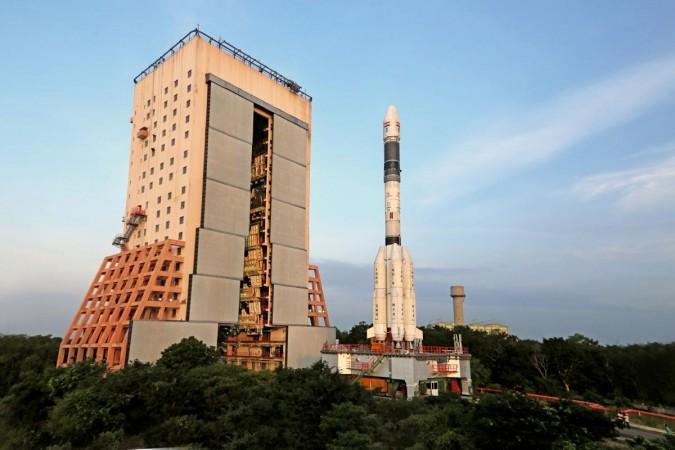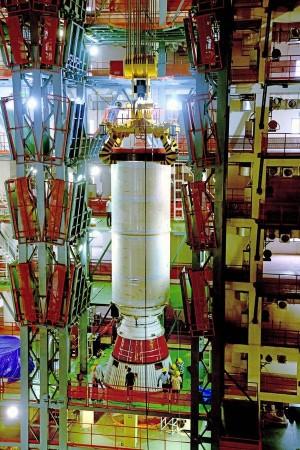
The Indian Space Research Organisation (ISRO) is on the brink of a significant milestone in its illustrious history. The space agency has announced the launch of the GSLV-F15 mission, marking the 100th rocket launch from the Satish Dhawan Space Centre in Sriharikota. The launch is scheduled for January 29, 2025, at 06:23 hrs IST. The GSLV-F15 rocket, equipped with an indigenous cryogenic stage, will carry the NVS-02 satellite into a Geosynchronous Transfer Orbit. This mission is a testament to ISRO's technological advancements and its commitment to enhancing India's capabilities in space exploration and satellite navigation.
The GSLV-F15 mission is not just a numerical milestone but also a technological one. The GSLV-F15 is the 17th flight of the GSLV rocket and the 11th flight featuring an indigenous cryogenic stage. The NVS-02 satellite is part of the second-generation satellites for the Navigation with Indian Constellation (NavIC) system, India's own navigation system. The NVS-02 satellite is designed to provide accurate Position, Velocity, and Timing (PVT) service to users in India and regions extending about 1500 km beyond the Indian landmass. The satellite comes with new features such as supporting the L1 frequency band, which will improve its services and reliability.
The NVS-02 satellite is the second generation of NavIC satellites, featuring a standard I-2K bus platform. It will have a lift-off mass of 2,250 kg, power handling capability of around 3 kW, navigation payload in L1, L5, and S bands, ranging payload in C-band and will be positioned at 111.75 degrees E, replacing IRNSS-1E. The NavIC system will provide two types of services, namely, Standard Positioning Service (SPS) and Restricted Service (RS). NavIC's SPS provides a position accuracy of better than 20 meters and a timing accuracy of better than 40 nanoseconds over the service area.

The GSLV-F15 mission is a significant leap forward for ISRO, which has come a long way since the launch of the Satellite Launch Vehicle (SLV), the first big rocket to liftoff from Sriharikota on August 10, 1979. Nearly 46 years later, the Department of Space is ready to hit a century. The GSLV rocket, once dubbed as the 'naughty boy' of ISRO due to its high failure rate, has now been tamed. Of 16 launches so far, there have been six failures for this rocket, a 37 per cent failure rate. However, the rocket has also been a platform where India demonstrated its skill in mastering the making of cryogenic engines, a technology that took two decades to master after the technology transfer was denied to India by Russia under pressure from the USA.
The launch of the NVS-02 satellite signals India's resolve to control its own positioning systems. The satellites synchronize their revolution with the earth's rotation, appearing to be in a fixed position when viewed from earth. This development comes at a time when India has subtly repositioned itself on the global political map, absorbing the old adage that there are no permanent friends or enemies, only permanent interests.
The launch of the NVS-02 satellite is a significant step forward for ISRO and India's space aspirations. It marks a milestone in space docking and private industry collaboration. The success of this mission will undoubtedly pave the way for future advancements in India's space exploration and satellite navigation capabilities. As ISRO Chairman S Somnath said, Whatever we target must be accomplished. However, no success can be taken for granted. We know very well that a launch can fail, so we take all necessary precautions to ensure success. This mission is a testament to ISRO's meticulous effort and precision, and a symbol of India's growing prowess in space technology.

















